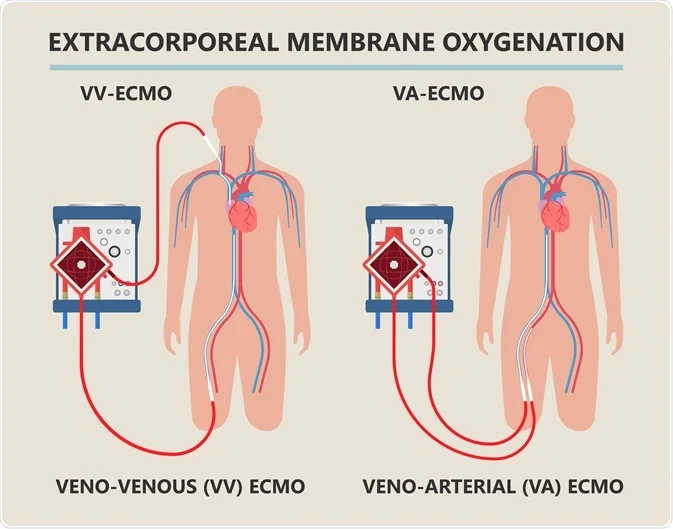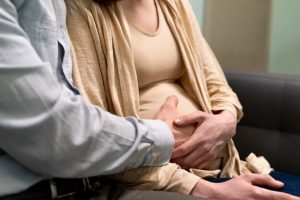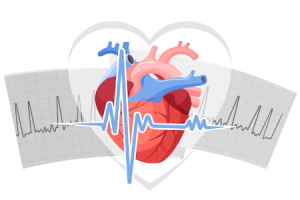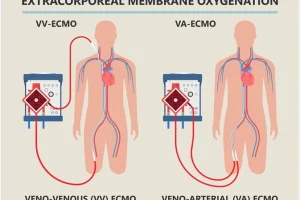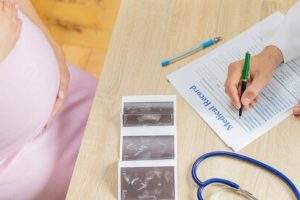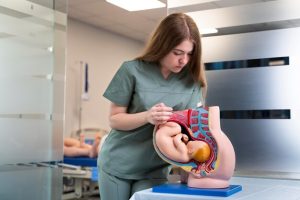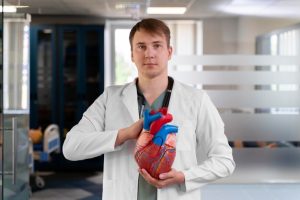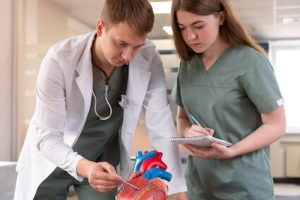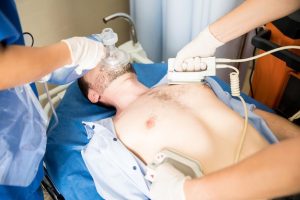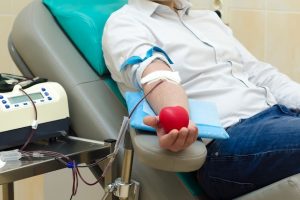Abstract
Veno-venous extracorporeal membrane oxygenation (ECMO) support surged during the COVID-19 pandemic. Our program changed the model of care pursuing to protect the multidisciplinary team from the risk of infection and to serve as many patients as possible. Patient-healthcare interactions were restricted, and the ECMO bed capacity was increased by reducing the ECMO specialist-patient ratio to 1:4 with non-ECMO trained nurses support. The outcomes worsened and we paused while we evaluated and modified our model of care. The ECMO bed capacity was reduced to allow a nurse ECMO-specialist nurse ratio 2:1 with an ECMO trained nurse assistant’s support. Intensivists, general practitioners, nurse assistants, and physical and respiratory therapists were trained on ECMO. Tracheostomy, bronchoscopy, and microbiological molecular diagnosis were done earlier, and family visits and rehabilitation were allowed in the first 48 hours of ECMO cannulation. There were 35 patients in the preintervention cohort and 66 in the postintervention cohort. Ninety days mortality was significantly lower after the intervention (62.9% vs. 31.8%, p = 0.003). Factors associated with increased risk of death were the need for cannulation or conversion to veno arterial or veno arterio venous ECMO, hemorrhagic stroke, and renal replacement therapy during ECMO. The interventions associated with a decrease in the risk of death were the following: early fiberoptic bronchoscopy and microbiological molecular diagnostic tests. Increasing the ECMO multidisciplinary team in relation to the number of patients and the earlier performance of diagnostic and therapeutic interventions, such as tracheostomy, fiberoptic bronchoscopy, molecular microbiological diagnosis of pneumonia, rehabilitation, and family support significantly decreased mortality of patients on ECMO due to COVID-19.
Copyright © ASAIO 2022.

